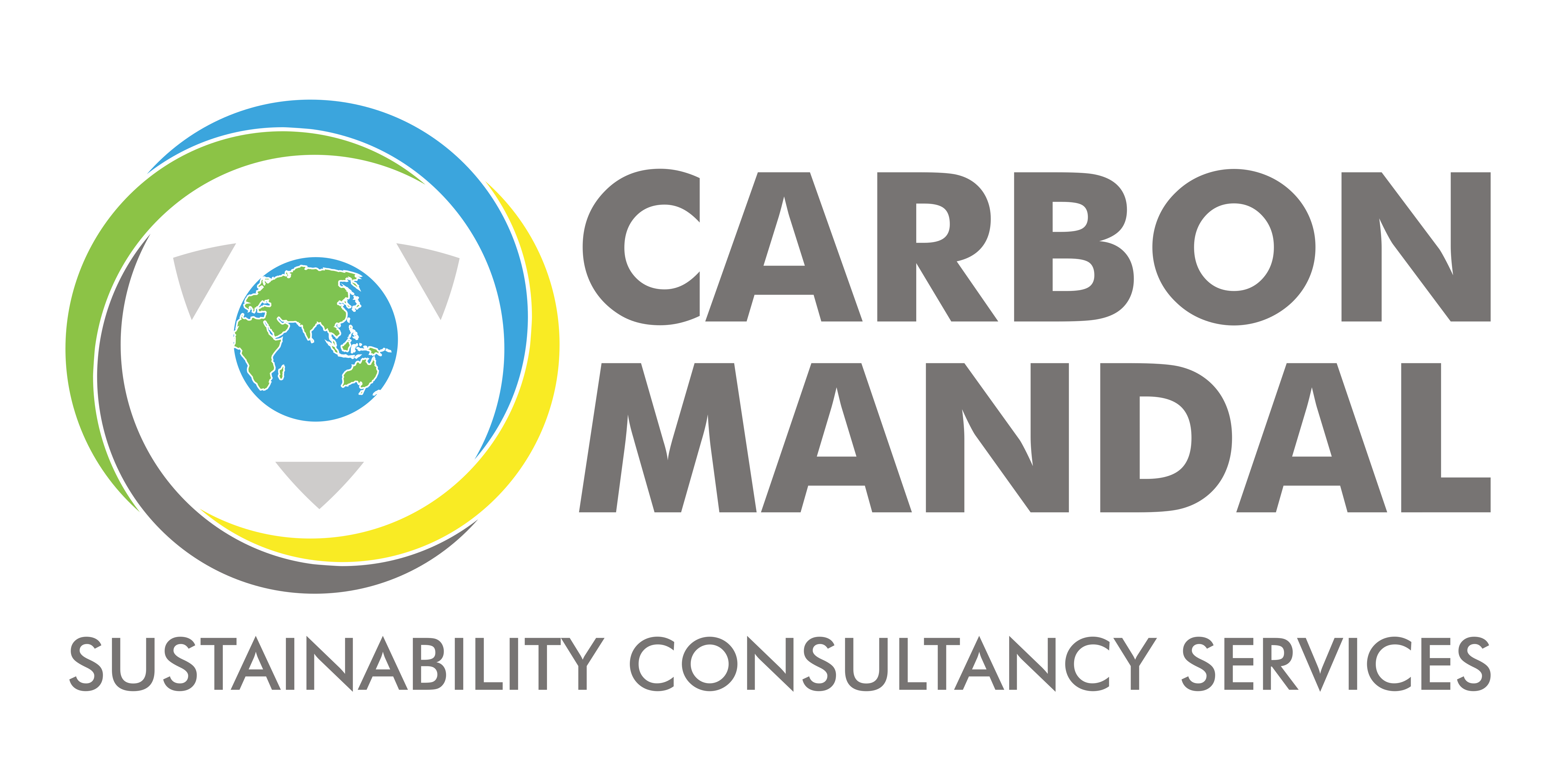Nestled along the banks of the Yamuna River, Delhi continues to grapple with an entrenched modern challenge: air pollution. For the past decade, Delhi has consistently held the inglorious title of being the world's most polluted city. The pollution season, which rolls over the city in a suffocating smog starting in October and lasting for more than four months, has become normalised, similar to the monsoon. During recent crisis weeks, Air Quality Index (AQI) measurements have regularly soared to levels described by residents as akin to a gas chamber. In November 2025, the city's AQI touched 500, far exceeding the healthy level of 50.
This persistent pollution crisis stems from a lethal mix of sources: emissions from tens of millions of cars, fires set by farmers (stubble burning) in neighbouring states, plants that burn the city’s waste, coal-fired power plants, and smaller fires set by people trying to keep warm. For instance, in Delhi's PM 2.5 pollution profile in 2024, transportation emissions accounted for 20% of the contribution, while secondary particulate matter accounted for 22%.
Health and Economic Consequences
Air pollution poses a severe threat, now killing more people in Delhi than obesity or diabetes. Exposure to fine particulate matter PM 2.5 is the largest environmental health risk in India, and short-term exposure to PM 2.5 in Delhi is associated with an increased risk of mortality that is two-fold higher in winter than in summer. Long-term exposure correlates with increased risks of diseases like asthma and lung cancer, contributing to cardiovascular and systemic health issues. The toxic environment threatens an entire generation of children in Delhi, risking early death, developmental harm, poor academic outcomes, and stunting lung development. If born in Delhi five years ago, a child would have spent nearly half their life breathing 'poor' or worse air.
Economically, the cost of inaction is steep: air pollution caused USD 45 billion in economic loss across India in 2019 due to premature mortality, while New Delhi alone loses 6% of its GDP to air pollution. This recurring annual cost is equivalent to approximately 43% of the impact of the COVID-19 pandemic. The pervasive smog also undermines competitiveness, leading to smog-related travel disruptions, with delays affecting business travellers and tourists.
Policy Responses and Continuing Challenges
In the face of chronic air quality deterioration, the Delhi government recently launched a comprehensive 25-point Air Pollution Mitigation Plan-2025. Key strategies include scaling up public transportation by adding 5,000 new electric buses to the fleet and enhancing electric vehicle (EV) mobility infrastructure. To combat dust pollution, the plan mandates the deployment of 1,000 water sprinklers and 140 anti-smog guns across Delhi, as well as installing ANPR cameras at entry points to identify end-of-life vehicles.
The revised Graded Response Action Plan (GRAP), revised in 2023, dictates emergency measures that must now be invoked proactively based on air quality forecasts. For example, Stage III curbs were implemented immediately across the National Capital Region (NCR) in November 2025 when the average AQI clocked 425.
However, the efficacy of reactive measures is often questioned. The government's multi-million rupee cloud seeding experiment, intended to induce artificial rain to wash away pollutants, proved to be a failure. This perceived failure of government policies has sparked rare, visible protests, as occurred in November 2025, where demonstrators demanded the right to breathe safely in the capital.
A Need for Systemic Reform
Effective mitigation requires shifting from singular, short-term fixes towards sustained, science-based, and regionally coordinated solutions. Global precedents exist, such as Beijing, which drastically reduced its pollution levels in a decade through devoted resources and political will, dropping its AQI from 754 in 2013 to just 47 in 2025.
For Delhi, this demands stricter enforcement of policies like mandatory use of cleaner fuels such as PNG in industrial units, improving public transport, adopting sustainable farming practices to reduce stubble burning, and expanding green spaces. Policymakers are urged to adopt an airshed approach for the NCR, recognizing the transboundary nature of pollution and the necessity for coordination between states. Moving forward, addressing air pollution requires a fundamental change in priorities, demanding political will and citizen support for comprehensive environmental sustainability measures. Clean air must be viewed not as a luxury but as a sustained fundamental right.
References
- Ellis-Petersen, H. (2025). ‘I can’t breathe in this city’: inaction over Delhi’s suffocating pollution sparks rare protest. *The Guardian*. [Online] 10 November. Available at: [Excerpts from "'I can't breathe in this city': inaction over Delhi's suffocating pollution sparks rare protest" and "‘I can’t breathe in this city’: inaction over Delhi’s suffocating pollution sparks rare protest | India | The Guardian"]
- NDTV Profit Desk (2025). AIIMS Neurologist Shares 5 Safety Tips As Delhi-NCR AQI Worsens. *NDTV Profit*. [Online] 9 November. Available at: [Excerpts from "AIIMS Neurologist Shares 5 Safety Tips As Delhi-NCR AQI Worsens - NDTV Profit"]
- Delhi Pollution Control Committee (2023). *AIR QUALITY MANAGEMENT PLAN - Revised GRAP, 2023*. [Online] Available at: [Excerpts from "AIR QUALITY MANAGEMENT PLAN - Delhi Pollution Control Committee"]
- Delhi Environment Department (2025). *A\_4 Air Pollution Mitigation Plan\_6 pager*. [Online] Available at: [Excerpts from "A\_4 Air Pollution Mitigation Plan\_6 pager - Delhi Environment Department"]
- Clean Air Fund (2021). *Air Pollution and Its Impact on Business*. [Online] Available at: [Excerpts from "Air Pollution and Its Impact on Business - Clean Air Fund"]
- Delhi Pollution Control Committee (2022). *Air Pollution in Delhi*. [Online] Available at: [Excerpts from "Air Pollution in Delhi"]
- Kapoor, S.M. (2025). Air pollution: Delhi kids may die earlier, be dumber, get sicker and perform badly in school. *India Today*. [Online] 14 November. Available at: [Excerpts from "Air pollution: Delhi kids may die earlier, be dumber, get sicker and perform badly in school"]
- PIB (2025). CAQM invokes 9-point action plan under Stage-III of extant GRAP in the entire NCR with immediate effect. *Press Information Bureau*. [Online] 11 November. Available at: [Excerpts from "CAQM invokes 9-point action plan under Stage-III of extant GRAP in the entire NCR with immediate effect - PIB"]
- CPCB (2023). *Choked Skies, Ailing Lungs: Unravelling the Crisis of Air Quality in Delhi*. [Online] Available at: [Excerpts from "Choked Skies, Ailing Lungs\_ Unravelling the Crisis of Air Quality in Delhi.docx.pdf"]
- Singh, P. (2025). Cloud seeding was never the solution for Delhi’s air pollution. *The Indian Express*. [Online] 29 October. Available at: [Excerpts from "Cloud seeding was never the solution for Delhi’s air pollution | The Indian Express"]
- Online Desk, Agencies (2025). Delhi AQI misses ‘severe’ mark by one point; overall AQI at 397 in 'very poor' category. *The New Indian Express*. [Online] 14 November. Available at: [Excerpts from "Delhi AQI misses ‘severe’ mark by one point; overall AQI at 397 in 'very poor' category"]
- Mukul, S. & Das, Y.S. (2024). Delhi AQI: How China won pollution battle as India allows Delhiites to choke to death. *India Today*. [Online] 21 November. Available at: [Excerpts from "Delhi AQI: How China won pollution battle as India allows Delhiites to choke to death"]
- TNN (2025). Delhi govt launches 25-point air pollution mitigation plan for a cleaner future. *ET Infra*. [Online] 23 June. Available at: [Excerpts from "Delhi govt launches 25-point air pollution mitigation plan for a cleaner future - ET Infra"]
- Roushan, A. (2025). How China cracked down on its deadly air pollution? Can Delhi follow that model? Explained. *India TV News*. [Online] 5 November. Available at: [Excerpts from "How China cracked down on its deadly air pollution? Can Delhi follow that model? Explained - India TV News"]
- Indian Express (2025). How Electric Vehicles Can Improve Delhi's Air. *ForumIAS Community*. [Online] 4 January. Available at: [Excerpts from "How Electric Vehicles Can Improve Delhi's Air - ForumIAS Community"]
- Goyal, D.P. (2024). 10 Tips to Survive Delhi's Air Pollution. *Medanta Health Library*. [Online] 28 November. Available at: [Excerpts from "How to Survive Delhi Air Pollution: 10 Tips to Breathe Easier!"]
- Joshi, P., Ghosh, S., Dey, S., Dixit, K., Choudhary, R.K., Salve, H.R., & Balakrishnan, K. (2021). Impact of acute exposure to ambient PM2.5 on non-trauma all-cause mortality in the megacity Delhi. *Atmospheric Environment*. [Online] Available at: [Excerpts from "Impact of acute exposure to ambient PM2.5 on non-trauma all-cause mortality in the megacity Delhi"]
- Mookherjee, P. (2022). India’s Air Pollution Challenge: Translating Policies into Effective Action. *Observer Research Foundation*. [Online] 21 July. Available at: [Excerpts from "India's Air Pollution Challenge: Translating Policies into Effective Action"]
- Akila, R. & Balasakthipriyan, M. (2025). STUBBLE BURNING AND ITS IMPACT IN DELHI'S AIR POLLUTION OF INDIA: PREDICTIVE APPROACH USING MACHINE LEARNING. *Applied Ecology and Environmental Research*. [Online] Available at: [Excerpts from "STUBBLE BURNING AND ITS IMPACT IN DELHI'S AIR POLLUTION OF INDIA: PREDICTIVE APPROACH USING MACHINE LEARNING"]
- Shah, M. (2024). Supreme Court’s evolving role in mitigating Delhi’s air pollution crisis. *Supreme Court Observer*. [Online] 13 December. Available at: [Excerpts from "Supreme Court's evolving role in mitigating Delhi's air pollution crisis"]
- Federation of Seed Industry of India (2025). Technology Can Help Provide Economically Viable Solution to Stubble Burning. *FSII*. [Online] Available at: [Excerpts from "Technology Can Help Provide Economically Viable Solution to Stubble Burning"]
- CREA (2025). *Tracing the Hazy Air 2025: Progress Report on National Clean Air Programme (NCAP)*. [Online] January. Available at: [Excerpts from "Tracing the Hazy Air 2025: Progress Report on National Clean Air Programme (NCAP)"]
- Transport Department (2007). *Vehicular Pollution in Delhi*. [Online] Available at: [Excerpts from "Vehicular Pollution in Delhi | Transport Department"]
- The Economics Society, SRCC (2020). *economic cost of air pollution*. [Online] Available at: [Excerpts from "economic cost of air pollution"]


Add a Comment
Your email address will not be published. Required fields are marked *